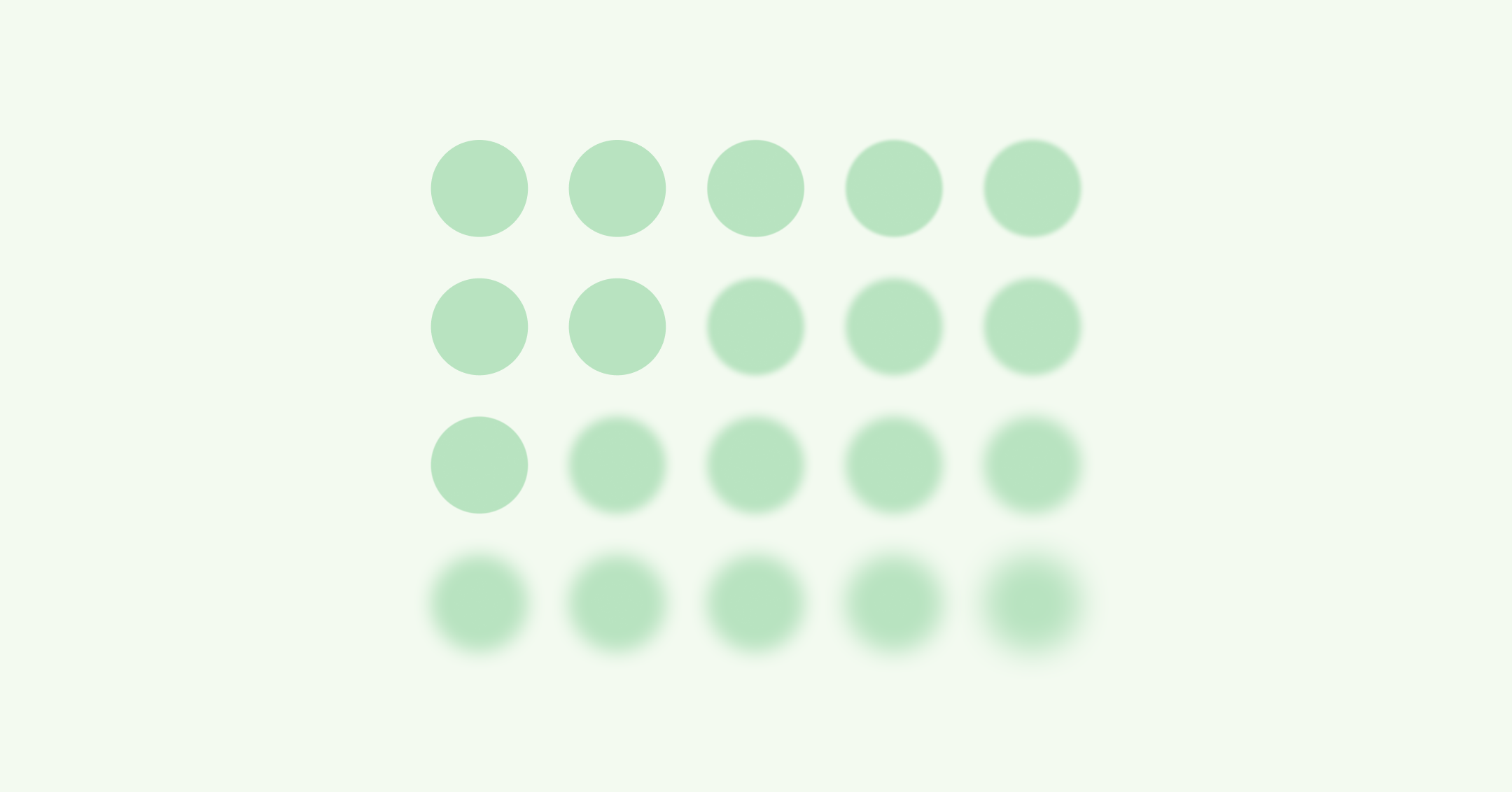Bipolar disorder is a mental health condition that causes people to experience noticeable shifts in mood and behavior. The symptoms are episodic, which means they come and go.
Attention-deficit hyperactivity disorder (ADHD) is a condition that impacts a person’s behavior and ability to focus. The symptoms tend to be pervasive, meaning they impact a person in all settings, most of the time.
ADHD and bipolar disorder can present with some similar symptoms, but there are key differences, and they require a different approach to treatment.
ADHD and bipolar disorder are two different mental health conditions that have some overlapping symptoms and can occur together. ADHD is a neurodevelopmental condition that impacts certain brain functions, influencing a person’s cognition, learning, energy levels, and ability to focus. Bipolar disorder, on the other hand, is a mood disorder that impacts the brain’s ability to regulate mood, causing noticeable and often disruptive shifts in emotions and behavior.
Bipolar disorder and ADHD can both involve hyperactive or restless behaviors and shifts in mood. But ADHD and bipolar disorder have distinct differences when it comes to symptoms, risk factors, and treatment methods. Knowing more about what sets them apart can help you or a loved one connect with the right support to thrive.
What ADHD and bipolar disorder have in common
The symptoms of bipolar disorder and ADHD can show up in similar ways, so it can sometimes be difficult to distinguish between the two. But it’s important to receive an accurate diagnosis so that you receive the right treatment.
People with bipolar disorder experience states of mania (or hypomania) and depression, which come and go. People with ADHD, on the other hand, experience difficulty with executive functioning — which includes organization, the ability to focus, emotional regulation, and problem solving.
Still, the two conditions do have some similarities. Overlapping symptoms of bipolar disorder and ADHD include:
Distractibility
Impulsivity
Rapid speech
Talkativeness
Irritability
The care you need, when you need it
Learn how Rula can support your mental health journey
The difference between bipolar disorder and ADHD
One of the main differences between bipolar disorder and ADHD is the frequency and duration of symptoms. Bipolar symptoms are cyclic, meaning they come in waves, cycling through ups and downs and then stabilizing for a period of time before returning again.
ADHD symptoms, on the other hand, are more likely to be present all the time in varying degrees. These symptoms impact the way a person learns and perceives their surroundings, and they typically don’t fluctuate like the highs and lows of bipolar disorder.
Bipolar disorder symptoms
Bipolar disorder is a mood disorder that causes a person to shift between episodes of high (manic or hypomanic) and low (depressive) moods.
During a depressive episode, someone with bipolar disorder may experience:
Depressed or irritable mood
Less interest in activities
A feeling of being slowed down
Low energy and fatigue
Feelings of worthlessness or guilt
Decreased ability to concentrate or make decisions
Thoughts of death and dying
During a manic episode, someone with bipolar disorder may experience:
Inflated self-esteem
Increased energy
A need for less sleep than usual
Being more talkative than usual
Becoming easily distracted or shifting focus quickly
Racing thoughts
Increased impulsivity particularly around risky behaviors
A person must experience symptoms of both depression and mania/hypomania to be diagnosed with bipolar disorder.
ADHD symptoms
ADHD is a neurodevelopmental condition that impacts a person’s attention, memory, and ability to manage tasks. It can present in three different ways: predominantly inattentive, predominantly hyperactive/impulsive, or combined.
Inattentive Symptoms
Makes frequent simple mistakes or overlooks details
Finds it hard to stay focused on tasks or games
Doesn’t always listen when you talk to them directly
Has difficulty seeing tasks through from start to finish
Struggles to plan and stay organized
Avoids tasks that require a sustained mental focus
Often misplaces things they need for work or school, like paperwork, their glasses, or their phone
Gets distracted easily
Hyperactive/Impulsive Symptoms
Experiences frequent fidgeting or restlessness
Stands up and moves around when they’re supposed to stay seated
Finds it hard to do quiet activities without making noise
Has a lot of energy, like they’re powered by a battery that won’t quit
Talks excessively or interrupts others frequently
Struggles to wait for their turn
Inserts themselves into other people’s conversations or activities without being invited
Someone experiencing combined type ADHD will have both hyperactivity and inattention symptoms. To be diagnosed with ADHD, a person’s symptoms must be present for a period of six months.
Can you have both ADHD and bipolar disorder?
Yes, you can have both ADHD and bipolar disorder. Research has found that 1 in 13 people with ADHD has bipolar disorder, and 1 in 6 people with bipolar disorder has ADHD. Additionally, ADHD is often diagnosed first, as those symptoms are usually present in childhood.
If you’re curious about your diagnosis or wonder if it’s truly the right fit for your experience, talk about it with your mental health provider. They’ll be able to discuss your symptoms with you and explore any mismatch that you may be noticing. Most therapists and psychiatrists will consult with their colleagues to ensure that a diagnosis is appropriate, but if you still don’t align with your provider’s direction, you can always seek a second opinion.
Treating ADHD and bipolar disorder
A combination of medication management and therapy is the first-choice treatment for both ADHD and bipolar disorder. However, the best treatment for you will depend on your unique circumstances, including the severity of your symptoms and how much difficulty they’re causing in your daily life.
ADHD treatment
Psychiatric medication can assist with the brain’s executive functioning.
Cognitive behavioral therapy (CBT) can help you identify thoughts and behaviors that are not serving you and ultimately make changes toward more organized thinking patterns.
Mindfulness practices have been shown to decrease impulsivity and improve attention in people with ADHD.
Marriage and family therapy can target important communication skills within families and couples if symptoms of ADHD are causing tension.
Bipolar disorder treatment
Psychiatric medication for bipolar disorder generally targets mood stabilization and related symptoms.
Dialectical behavioral therapy (DBT) can help with impulse control, distress tolerance, and overall emotional regulation. This can improve a person’s ability to tolerate triggers, which can influence manic and depressive episode severity and frequency.
Intensive outpatient programs (IOP) are generally a combination of group and individual therapy that take place several times per week. This can be useful when symptoms of bipolar disorder are causing significant difficulty in areas like keeping up with daily life obligations or maintaining employment.
ADHD and bipolar disorder symptoms tend to be most effectively managed with external support. So the best place to start when considering treatment for ADHD or bipolar disorder is to consult with a mental health professional. They can collaborate with you to help you understand your needs and establish a plan to manage your symptoms.
Find care with Rula
ADHD and bipolar disorder share many similarities but are two different conditions. The main difference between ADHD and bipolar is the duration of symptoms. ADHD is persistent, and usually surfaces in childhood. Bipolar disorder symptoms are episodic (lasting from one week up to a few months) with an onset later in life. With access to the right support, both ADHD and bipolar disorder are manageable.
Rula takes the guesswork out of finding the right therapist for you with our therapist-matching program. In less than three minutes, you can match with a therapist who takes your insurance. And our network of over 15,000 therapists means you can be seen as soon as tomorrow — from the comfort of your own home.
And if medication is a part of your treatment plan, we can also connect you with an in-network psychiatric provider.
Rula's editorial process
Rula's editorial team is on a mission to make science-backed mental health insights accessible and practical for every person seeking to better understand or improve mental wellness.
Members of Rula’s clinical leadership team and other expert providers contribute to all published content, offering guidance on themes and insights based on their firsthand experience in the field. Every piece of content is thoroughly reviewed by a clinician before publishing.





